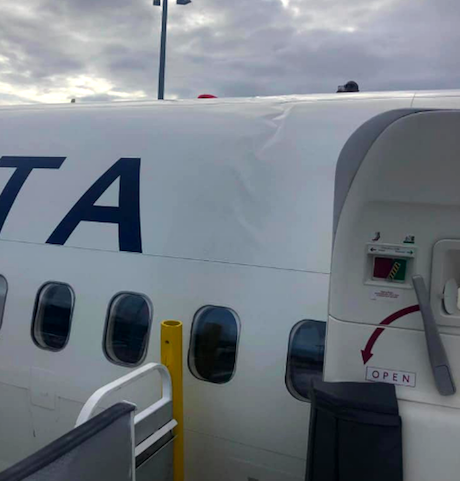AviatorInsight
Established Member
- Joined
- Oct 5, 2016
- Posts
- 1,399
Who makes the call on how much fuel you upload beyond the company issued flight plan? Is it the captain, or the pilot flying the sector?
Are there any ports where fuel isn’t available or you don’t fuel for operational reasons (I’m thinking small ports with limited infrastructure and quick turnarounds). If so, who decided on fuel upload if you’re flying one sector each?
The captain always has the final say regardless of who’s flying it. Most guys/girls will ask for my input and then make a decision from there.
There’s a few ports we don’t upload and tanker the fuel, HTI, CBR, MKY, MCY, LST, AYQ and basically all the regional ports. That’s not to say that fuel is not available. If it turns out that we need to upload then we will. But we’ll come up with a figure before we leave the major port for both sectors, the return trip fuel will be included in the outbound flight plan and gives us a figure to work off.















